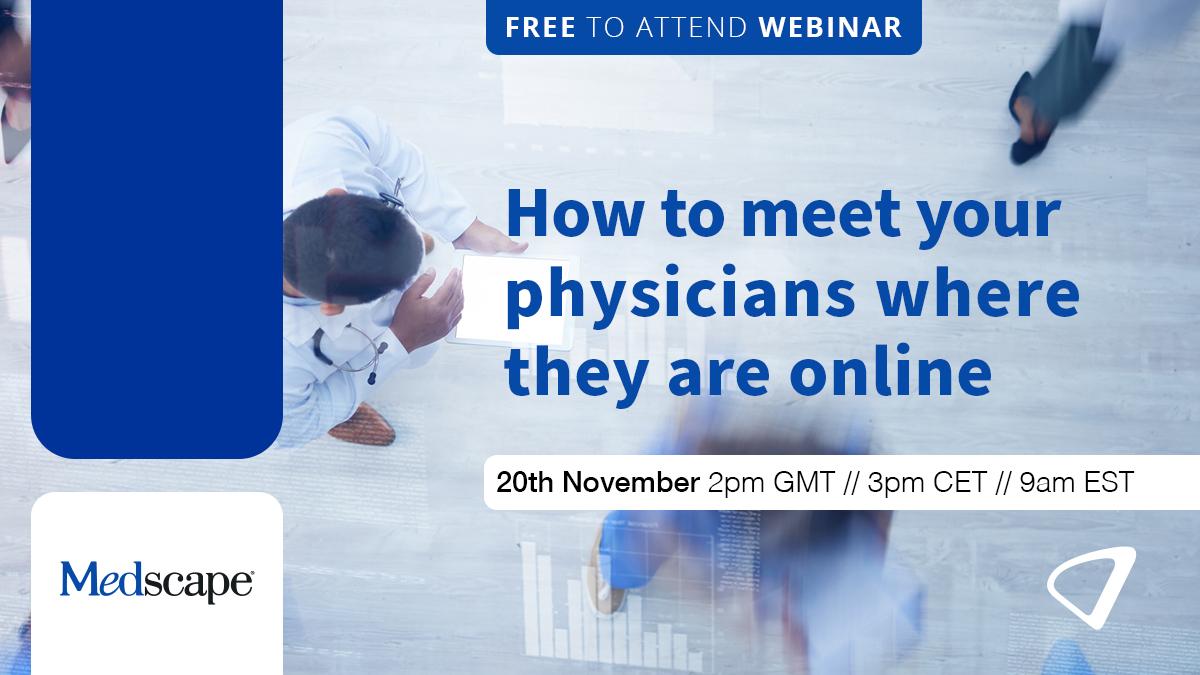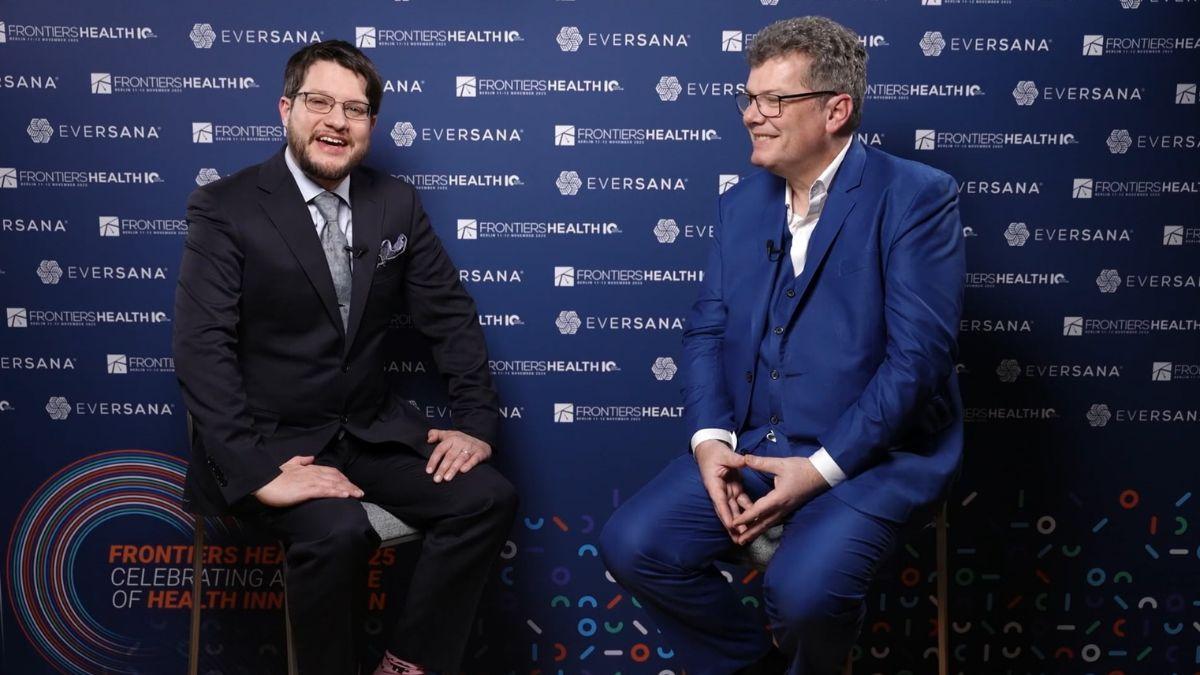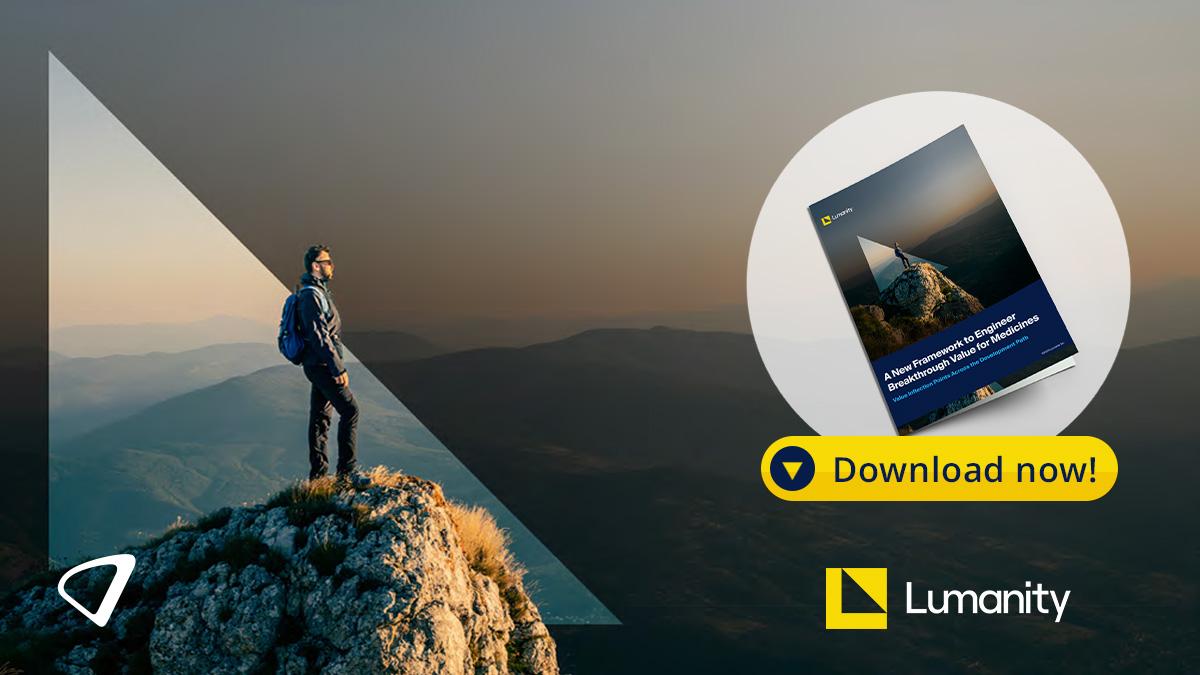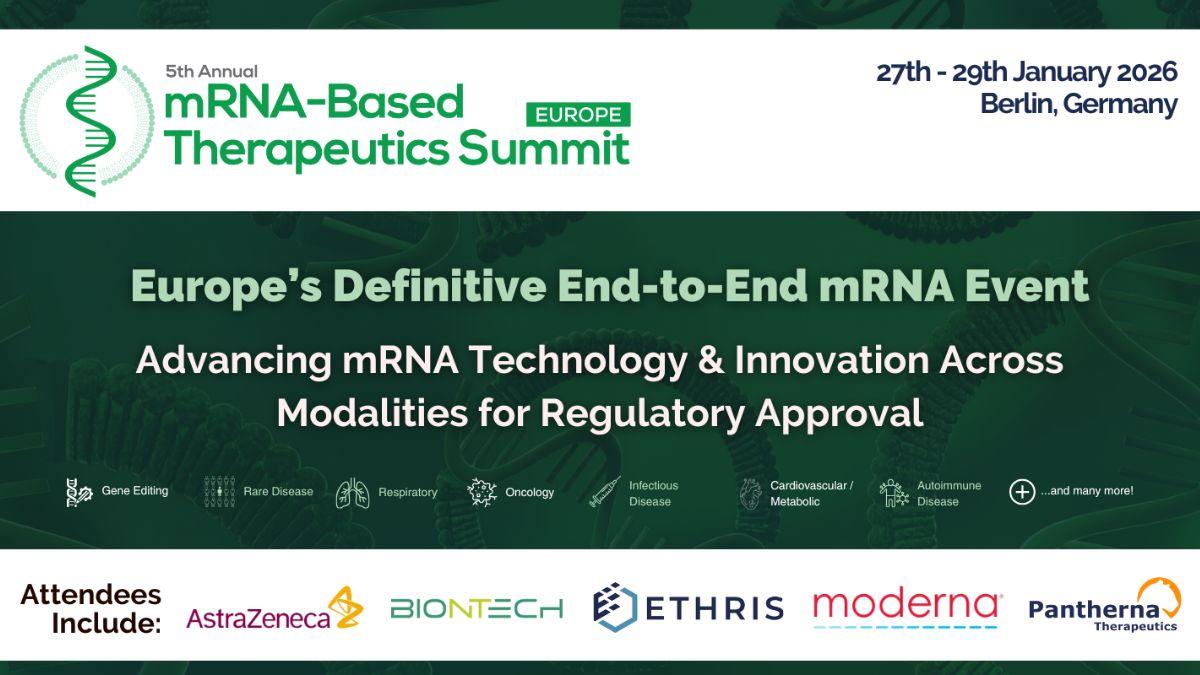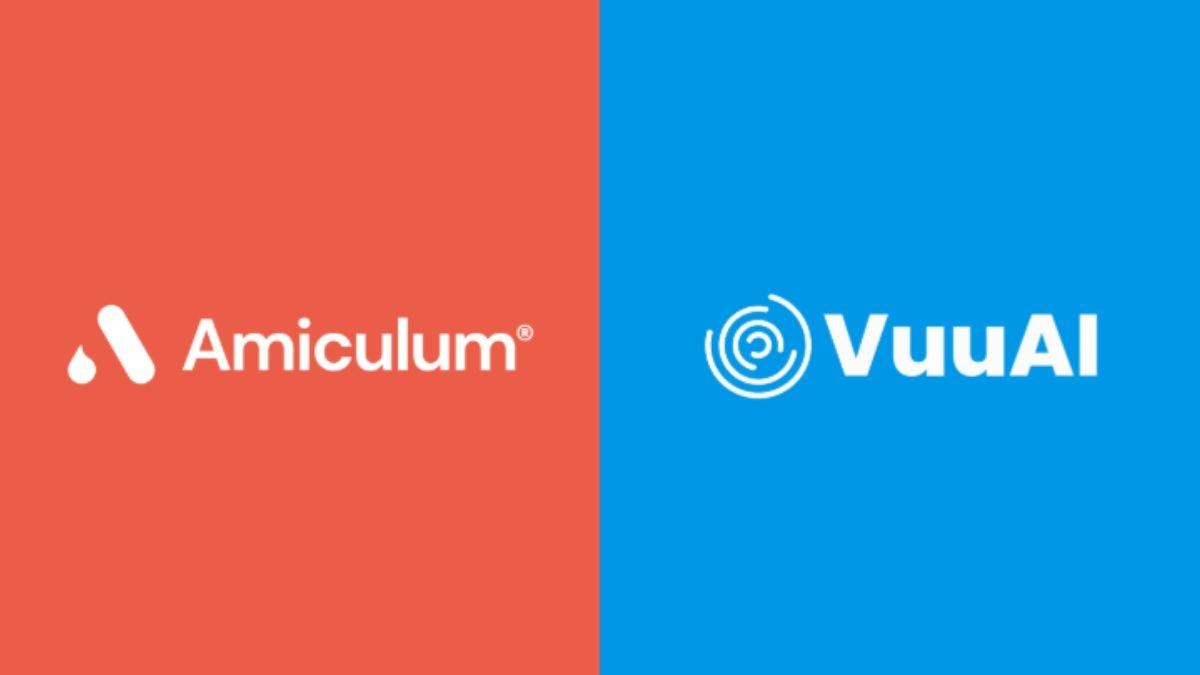To protect sciences and pharma in an RFK Jr era, put consumer education first

During election cycles, much is made of policy positions on the economy, immigration, foreign affairs, etc. However, rarely is attention paid to the policy of science. With every vote, Americans are voting on science, whether they know it or not; yet, with virtually zero education on the topics or effects.
It is incumbent not only on people to have the willingness to learn, but also on pharmaceutical and scientific industries to create content that explains it to them. There is a massive need to inform the population, because only a tiny fraction of “experts” knows what a technology or science is, does, and how it impacts society.
For all intents and purposes, science is magic to most Americans, yet, science dictates so much of our health, ecology, and economy. Voting for one candidate over another can dictate which way science leads, is funded, or is aimed. But without education, Americans are simply stumbling in the dark.
With RFK Jr on the inroad to lead the US Health and Human Services, previously unquestioned and established norms in science and medicine are being challenged. An informed public must be the bulwark to runaway regulation or condemnation.
Jilting the jargon: Making health information accessible
The resources exist not only within government, but also in private industry to fund these sorts of educational ventures, yet, to date there is scant content out there that speaks to the majority of Americans at an altitude they can breathe at.
I have witnessed firsthand over nearly thirty years how difficult it is to reduce, encapsulate, and share scientific information to a public unprepared to receive it. Many within the scientific community are trying to create informative content, but too often it is couched in terminology that most Americans have had no prior association with. And when a person encounters terminology he or she does not understand, an immediate, impenetrable barrier is erected that is difficult to punch through ever afterward.
Hollywood has done the public no favours by creating films and television that wildly distort scientific reality, leading many to assume that vaccines can be produced in a matter of days, that miracle cures are a heartbeat away, and – worst of all – that scientific institutions, biotech, and pharma are deliberately withholding critical cures to any number of diseases. This lunacy is fanned by an internet gone completely wild, misshaping legitimate clinical trials and other data shared publicly by cherry picking specific aspects of these and giving people only part of the picture.
Given the fact that the incoming administration seems hellbent on slashing funding for research and development across a broad swath of the sciences, those institutions and companies must take up the banner and produce relevant, digestible, informative and, dare I say it, entertaining content for the masses.
The tide must be turned. It’ll be slow and ponderous, but the push must begin now; otherwise, we risk, albeit over time, descending into a new dark age scientifically.
Connecting with the communicators: Education via entertainment
They don’t have to do it alone.
Regardless of my previous screed against Hollywood in a prior paragraph, a bridge between it and the scientific community could be built, enabling those whose grasp of current research and where it may lead to be able to inform those who can create mind-bogglingly beautiful, accurate visual content that, in turn, helps people get a better idea of what’s been done, what’s being done, and what science hopes to achieve in the future.
It is a large task and will require the big studios and hopefully an army of small studios like ours. And that will take big budgets. This is where the CDC, NIH, The American Diabetes Association, The American Heart Institute, the Cancer Institute, and all the other institutions could pool their resources, come up with a plan to work with the big studios to weave more accurate scientific principles into plot lines, and develop interstitials that play on all networks as PSAs.
Real science is so much more fascinating that anything made up, wouldn’t you agree?
We are, in so many ways, at an inflection point. Public support and faith in science is at an all-time low. If only those whose belief in what science can do has been shaken, could be made to understand that there are thousands upon thousands of extremely diligent, hardworking, committed people seeking answers, often spending their entire careers trying to solve some of biology’s mysteries. These people mean well. They want to cure disease; they want more than anything to end suffering. They are making great strides, but research is costly and takes time. And, as we all know, research knows no timeline. You find the answer when you find the answer.
People need to understand the fundamental process of research itself – how painstaking it is, how many blind alleys one goes down, only to have to retrace one’s steps. In our current society, there is so much that is instantaneously delivered, and the thought of research into a particular disease state taking decades is simply unfathomable; because they have no examples, no blow-by-blows of what it took to achieve a cure.
I have watched, most of my life, scientists banging on the doors of the unknown. They don’t stop, they are unstoppable. The only thing that will stop them is lack of funding, and lack of faith in their abilities. We owe it to them, to you, to find a way to gather a groundswell of support across all strata of society. We need a new moon shot, something that galvanises the public to support, vote, and fund these efforts.
There is still time to turn this ship.





